Neural Stem Cells (Nscs)
Neural stem cells (NSCs) are undifferentiated cells found in the central nervous system (CNS) that can generate the three major types of cells that make up the brain; neurons, astrocytes and oligodendrocytes. NSCs can also give rise to non-neural cells within the brain. They have the ability to self-renew and produce differentiated cells for tissue regeneration and repair. NSCs are a promising tool in regenerative medicine for CNS injury and neurodegenerative diseases, as they have the potential to replace damaged cells and form new neural connections. In addition, their ability to self-renew helps to maintain the neurogenic potential in the central nervous system, allowing for a continuous supply of new neurons in areas of injury. NSCs have been studied extensively in animal models to assess their potential for CNS repair and regeneration. Studies have shown that NSCs can migrate to areas of injury and inflammation and become incorporated into the existing tissue. They have also been shown to survive, differentiate, and form functional synapses after transplantation in a number of regions in the CNS, including the spinal cord, the hippocampus and the cortex. In addition to their potential for CNS healing and repair, NSCs are also being studied as a therapeutic strategy for a variety of neurodegenerative diseases, such as Parkinson’s and Alzheimer’s. NSCs have been shown to reduce neuropathology and improve functional deficits in animal models of Parkinson’s and Alzheimer’s, indicating a great potential for clinical application in humans. However, there are still many challenges to using NSCs for regenerative purposes. For example, the lack of a standardized method for isolating, expanding and characterizing NSCs has limited the progress in advancing NSC-based therapies. In addition, the risk of tumor formation associated with NSCs must be taken into consideration.
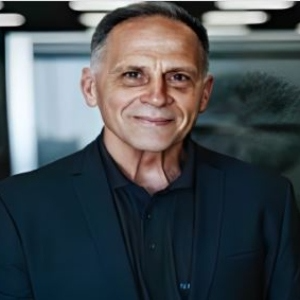
Ken Ware
NeuroPhysics Therapy Institute, Australia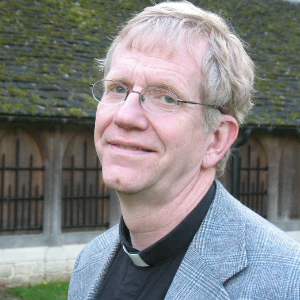
Robert B Slocum
University of Kentucky HealthCare, United States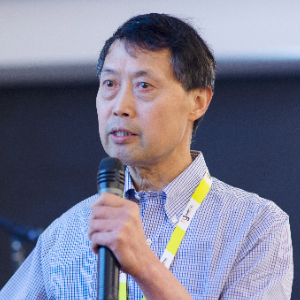
Yong Xiao Wang
Albany Medical College, United States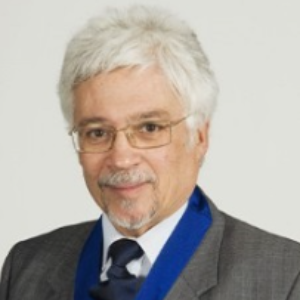
W S El Masri
Keele University, United Kingdom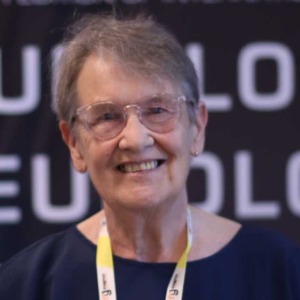
Jaqueline Tuppen
COGS Club, United Kingdom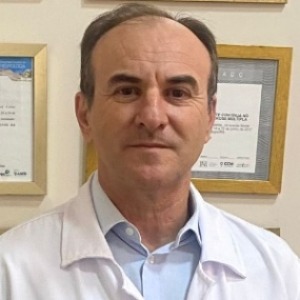
Milton Cesar Rodrigues Medeiros
Hospital Santa Casa de Arapongas, Brazil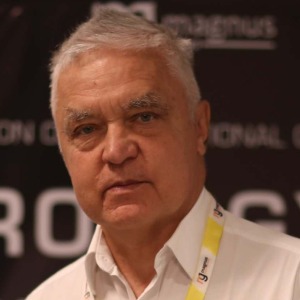




Title : Perception and individuality in patient cases identifying the ongoing evolution of Myalgic Encephalomyelitis/Chronic Fatigue Syndrome (ME/CFS)
Ken Ware, NeuroPhysics Therapy Institute, Australia
Title : Narrative medicine: A communication therapy for the communication disorder of Functional Seizures (FS) [also known as Psychogenic Non-Epileptic Seizures (PNES)]
Robert B Slocum, University of Kentucky HealthCare, United States
Title : Rabies: Challenges in taming the beast
Alan C Jackson, University of Calgary, Canada
Title : Neuro sensorium
Luiz Moutinho, University of Suffolk, United Kingdom
Title : Traumatic Spinal Cord Injuries (tSCI) - Are the radiologically based “advances” in the management of the injured spine evidence-based?
W S El Masri, Keele University, United Kingdom
Title : Personalized and Precision Medicine (PPM), as a unique healthcare model through biodesign-driven biotech and biopharma, translational applications, and neurology-related biomarketing to secure human healthcare and biosafety
Sergey Victorovich Suchkov, N.D. Zelinskii Institute for Organic Chemistry of the Russian Academy of Sciences, Russian Federation